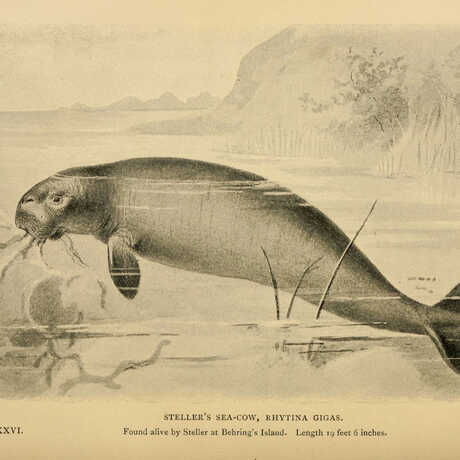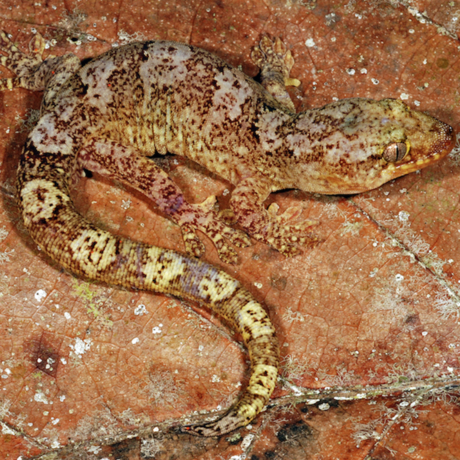Explore the highlights of our department's 160-year-plus history at the California Academy of Sciences.
Invertebrate Zoology and Geology
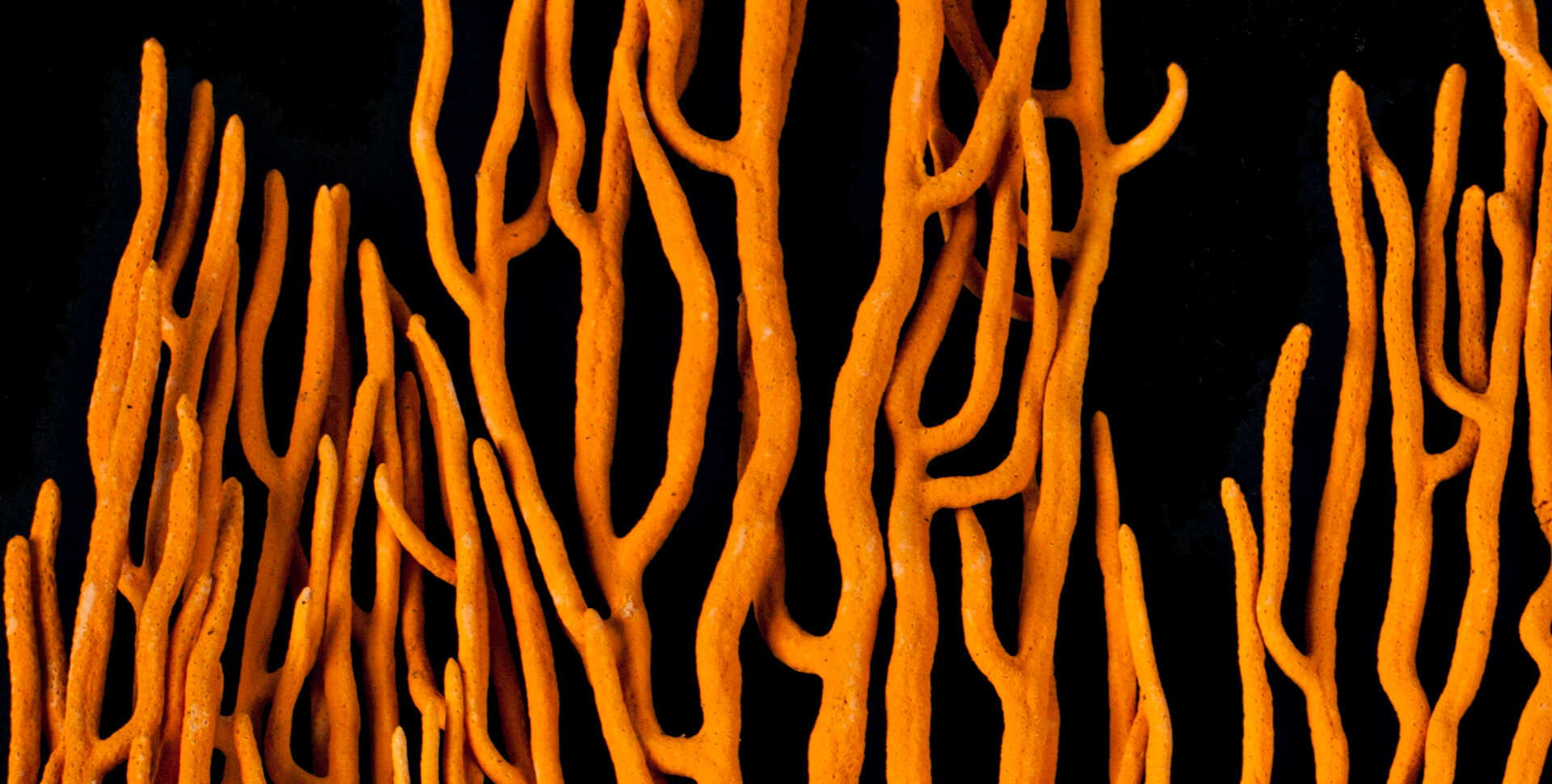
Established in 1914, Invertebrate Zoology is one of the oldest departments in the Academy, representing more than 160 years of scientific research. In combining with the Department of Geology in 1982, it became home not only to the most diverse collections in the Academy—encompassing an enormous range specimens and strengths—but to a robust staff of curators, researchers, collection managers, students, and more.
Through field and lab work, multi-disciplinary expeditions, and scientific publications, our scientists rigorously advance knowledge in their areas of expertise. From octocorals and opisthobranchs to echinoderms and paleoecology, our work and the collections we maintain, are vital pieces of the Academy's overall efforts to explore, explain, and sustain life on Earth.
New blog post: Meet our Moon rock!
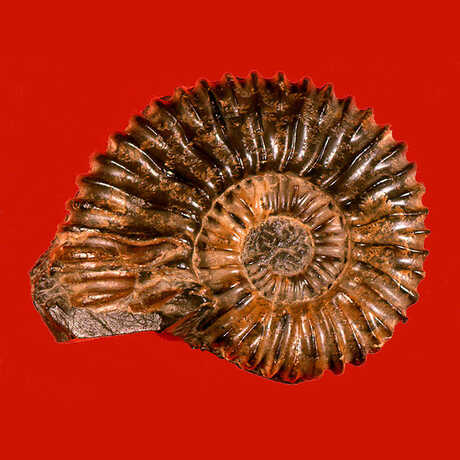
Collections
Our invertebrate collections originally focused on California and Baja California, then broadened to the entire Pacific Coast (from Alaska to the Galapagos Islands), and are now worldwide in scope. Our diatom collection remains the best-documented and third largest in the world. Our mineral collection includes meteorite and gemstone holdings, while our fossil collection's strengths highlight ammonites from northern California, and fossil fish and Foraminifera from the western United States.
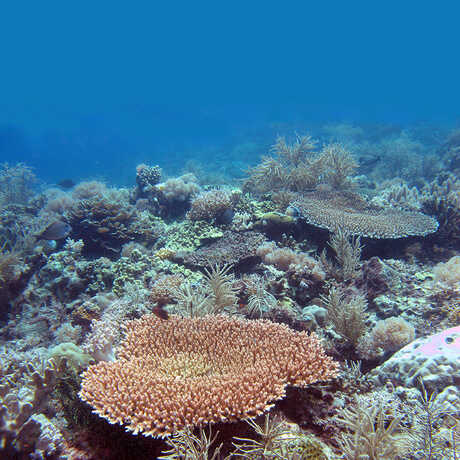
Projects
Deep-sea corals, paleoecology, barnacle systematics, sea slugs, polychaete worms—the list goes on. Our projects are as diverse as our staff, encompassing field research, biotic surveys, in-house scientific publications, and more.

Staff
In addition to studying the biology of little-known invertebrates, uncovering the evolutionary histories of tropical bivalves, and more, IZG researchers are focused on training future scientists in the areas of systematics and conservation.
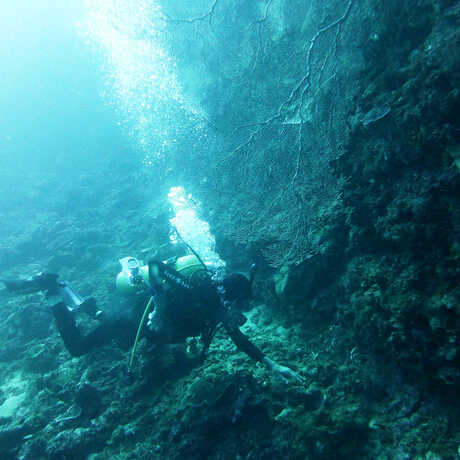
Expeditions
Our researchers travel the world—from the Antarctic to the Philippines, from Palmyra Atoll to Principe Island—to survey the rich biodiversity of Earth's marine invertebrates.
Where can I go to collect minerals or fossils? Who can borrow specimens from the IZG collections? Are IZG specimens on exhibit at the Academy? The answers to these and other frequently asked questions can be found via the link below.
Since 1854, the Scientific Publications Department at the California Academy of Sciences has published a vast amount of scientific literature representing an array of natural history disciplines.
